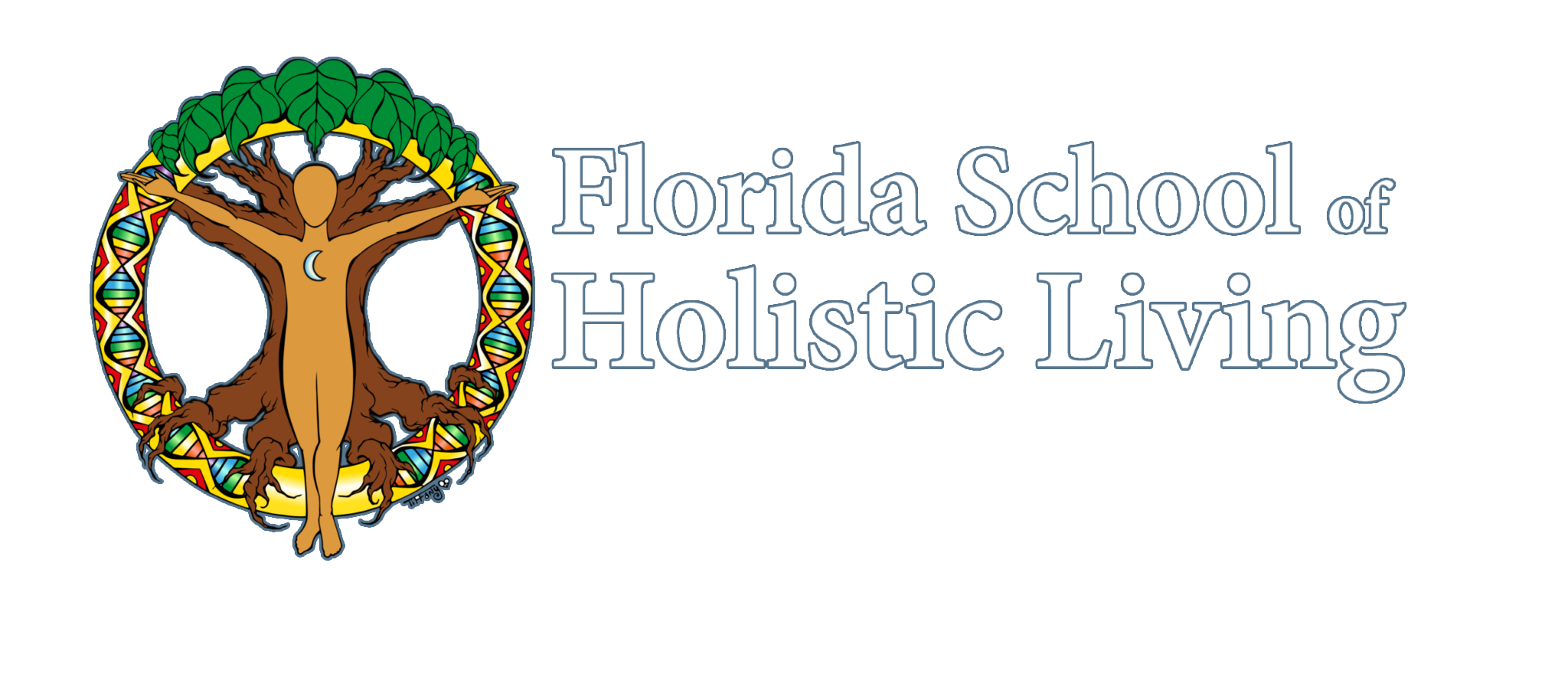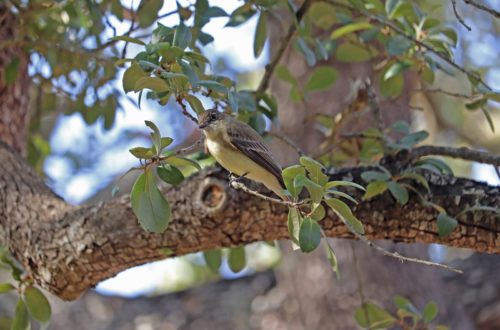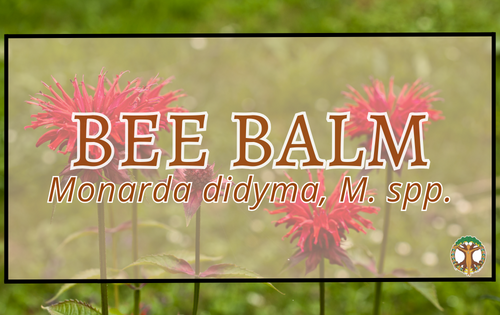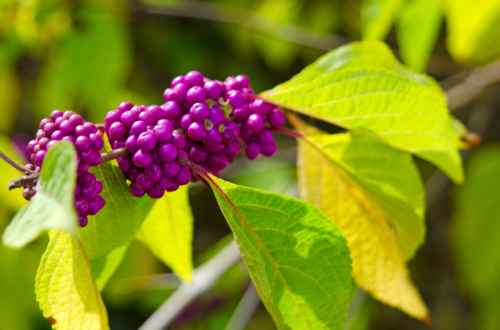Mullein
Latin Name: Verbascum thapsus
Family: Scrophulariaceae
I still laugh out loud thinking about the Leaves and Roots customer back in the 90s who legally changed her name to “Verbascum” after a long love affair with the plant ally Mullein. We all lovingly called her Verbie for short, and really, who could blame her? This roadside “weed” is abundant in temperate climates and brings such profound medicine with a gentle strength, no wonder she adopted its moniker as her own in homage.
.
Mullein (Verbascum thapsus) is a prolific plant of European origin that grows abundantly in disturbed soils, roadsides, and meadows throughout most of the temperate United States. This biennial plant is most easily identified by its soft, fuzzy rosette of leaves – big furry leaves which are jokingly called “nature’s toilet paper.” The flower blooms in its second year, producing a tall stalk of yellow flowers earning it the moniker “Candlestick plant.” In fact, those flower stalks were once dipped in wax or oil and used as a torch. The leaves, flowers, and roots can all be used of this ubiquitous medicine.
.
Mullein leaves are one of my favorite respiratory remedies, typically used as a tincture but also helpful in an infusion to alleviate coughing, wheezing, and to aid in expectoration. Just be sure to strain it well if prepared in tea form- that furry fuzz that makes mullein leaves great for toilet paper when you’re caught off guard can also irritate the throat, or burn the sinuses if inhaled on accident. I always wear a respirator mask when I’m blending teas containing a lot of mullein leaf, as the dust makes me sneeze and itch for hours. The dried leaves also make a delightful base for smoking blends – be sure to grind it well as large chunks of the leaves can burn quite hot. In fact, when I studied with families in the Appalachian mountains, they would often administer the leaves as a cigar to address a dry cough and act as an expectorant. I prefer to use a tea or tincture but I honor the ingenuity of this traditional remedy, getting the medicine right to the source quickly, of course.
.
I infuse the bright sunshiney yellow flowers in olive oil to administer for relief of ear infections, often blended with garlic. A few drops of warm oil can work wonders on the incessant pain of these infections and shortens the recovery window. A tincture of the flowers can also be administered internally, acting as a relaxing and soothing nervine, and as a gentle aid for lymphatic swelling. (Mullein leaves can also be applied topically as a poultice to relieve swollen lymph glands.)
.
Mullein root is also a worthwhile remedy, most notably for swelling of the lymph, strengthening the bladder and urinary tone, and for alignment and healing of broken and traumatized bones, especially vertebrae. Herbalist Matthew Wood writes of its benefit in easing pain and inflammation of back injuries.
.
In addition to its medicinal benefits for the physical body, Mullein is often called upon to aid in alignment – not just of the spine, but also of our energies. In her book A Modern Herbal, Maude Grieve said that:
.
“Both in Europe and Asia the power of driving away evil spirits was ascribed to the Mullein. In India it has the reputation among the natives that the St. John’s Wort once had here, being considered a sure safeguard against evil spirits and magic, and from the ancient classics we learn that it was this plant which Ulysses took to protect himself against the wiles of Circe.“
Mullein leaves are one of my favorite respiratory remedies, typically used as a tincture but also helpful in an infusion to alleviate coughing, wheezing, and to aid in expectoration. Just be sure to strain it well if prepared in tea form- that furry fuzz that makes mullein leaves great for toilet paper when you’re caught off guard can also irritate the throat, or burn the sinuses if inhaled on accident. I always wear a respirator mask when I’m blending teas containing a lot of mullein leaf, as the dust makes me sneeze and itch for hours. The dried leaves also make a delightful base for smoking blends – be sure to grind it well as large chunks of the leaves can burn quite hot. In fact, when I studied with families in the Appalachian mountains, they would often administer the leaves as a cigar to address a dry cough and act as an expectorant. I prefer to use a tea or tincture but I honor the ingenuity of this traditional remedy, getting the medicine right to the source quickly, of course.
.
I infuse the bright sunshiney yellow flowers in olive oil to administer for relief of ear infections, often blended with garlic. A few drops of warm oil can work wonders on the incessant pain of these infections and shortens the recovery window. A tincture of the flowers can also be administered internally, acting as a relaxing and soothing nervine, and as a gentle aid for lymphatic swelling. (Mullein leaves can also be applied topically as a poultice to relieve swollen lymph glands.)
.
Mullein root is also a worthwhile remedy, most notably for swelling of the lymph, strengthening the bladder and urinary tone, and for alignment and healing of broken and traumatized bones, especially vertebrae. Herbalist Matthew Wood writes of its benefit in easing pain and inflammation of back injuries.
.
In addition to its medicinal benefits for the physical body, Mullein is often called upon to aid in alignment – not just of the spine, but also of our energies. In her book A Modern Herbal, Maude Grieve said that:
.
“Both in Europe and Asia the power of driving away evil spirits was ascribed to the Mullein. In India it has the reputation among the natives that the St. John’s Wort once had here, being considered a sure safeguard against evil spirits and magic, and from the ancient classics we learn that it was this plant which Ulysses took to protect himself against the wiles of Circe.“
.
Mullein as a flower essence not only confers a sense of spiritual protection but shines an internal light radiating from it’s brilliant yellow flowers. It helps illuminate areas where our energy is stuck and lift our spirits to address these places of imbalance. It also provides fortitude and courage to stand tall in our authentic selves, just like its tall torch flowers.
.
.
It should be noted that Mullein leaves are also traditionally infused into salves in the south, and that a poultice of the leaf works handy in a pinch to bring quick healing to wounds when other allies are out of reach. I took a mean fall on a trail several years ago and the only recognizable herb around me was mullein. After a few hours of poultice, the scrapes were visibly starting the healing process, and I never encountered any scarring.
.
.
Take a visit with me to Rosemary Gladstar’s garden to learn a bit more about Mullein. How do you work with this plant ally? Let us know in the comments!




